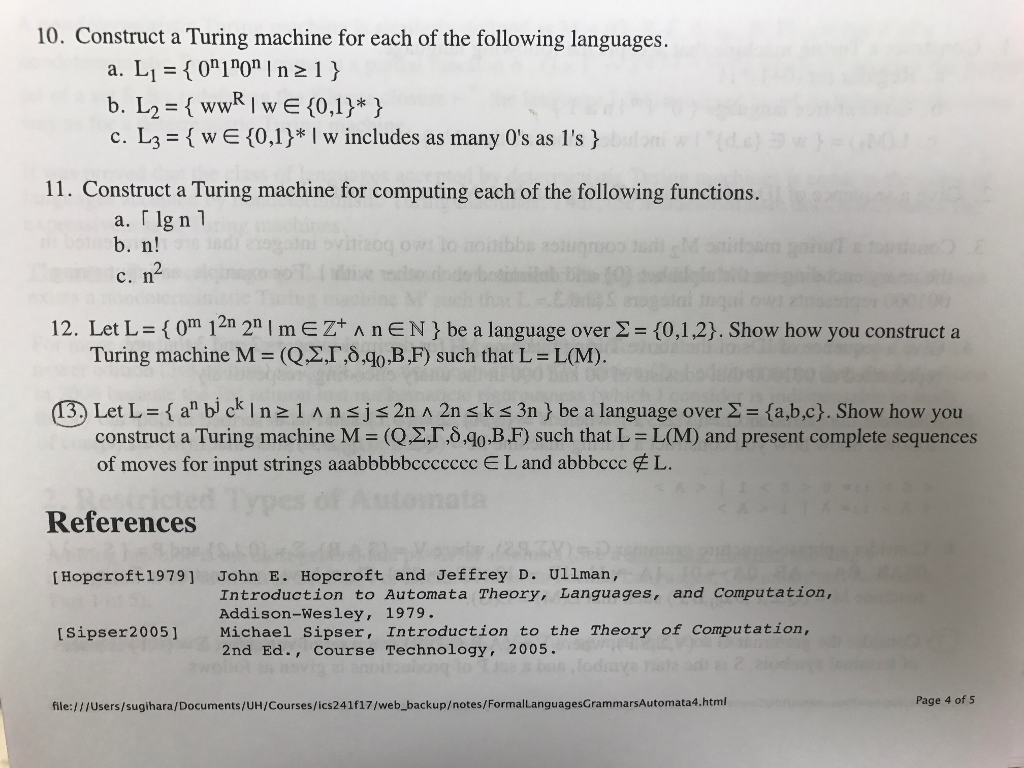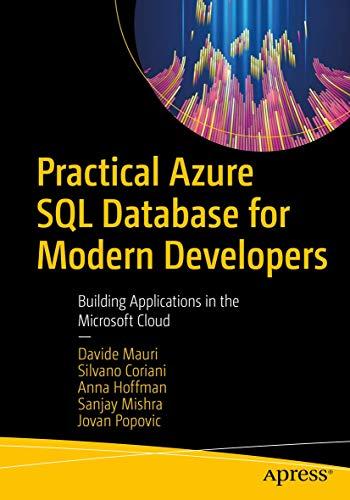Answered step by step
Verified Expert Solution
Question
1 Approved Answer
Please explain the steps to solving these problems. Not all of them have to be solved, but preferably #13. (All of them would be nice

Please explain the steps to solving these problems. Not all of them have to be solved, but preferably #13. (All of them would be nice though).
10. Construct a Turing machine for each of the following languages. c. L3 = { w E {0,1}* I w includes as many 0's as 1's } 11. Construct a Turing machine for computing each of the following functions. a. Ign1 b. n! c. n 12. Let L= { 0nn 12n 2n 1 m E Z+ ^ n E N } be a language over = {0,12). Show how you construct a Turing machine M = (Q1,6.qo-BF) such that L = L(M). Let L = { an bi ck I n 1 ^ n IS 2n ^ 2n k 3n } be a language over = {a,b,c). Show how you construct a Turing machine M = (Q 1,6.qo-B.F) such that L = L(M) and present complete sequences of moves for input strings aaabbbbbccccccc E L and abbbccc E L. References [ Hopcroft19791 John E. Hopcroft and Jeffrey D. Ullman, [Sipser20051 Michael Sipser, Introduction to the Theory of Computation, Introduction to Automata Theory, Languages, and Computation, Addison-Wesley, 1979. 2nd Ed., Course Technology, 2005. Page 4 of file:/I/Users/sugihara/Documents/UH/Courses/ics241f17/web_backupotes/FormalLanguagesGrammarsAutomata4.htmlStep by Step Solution
There are 3 Steps involved in it
Step: 1

Get Instant Access to Expert-Tailored Solutions
See step-by-step solutions with expert insights and AI powered tools for academic success
Step: 2

Step: 3

Ace Your Homework with AI
Get the answers you need in no time with our AI-driven, step-by-step assistance
Get Started


